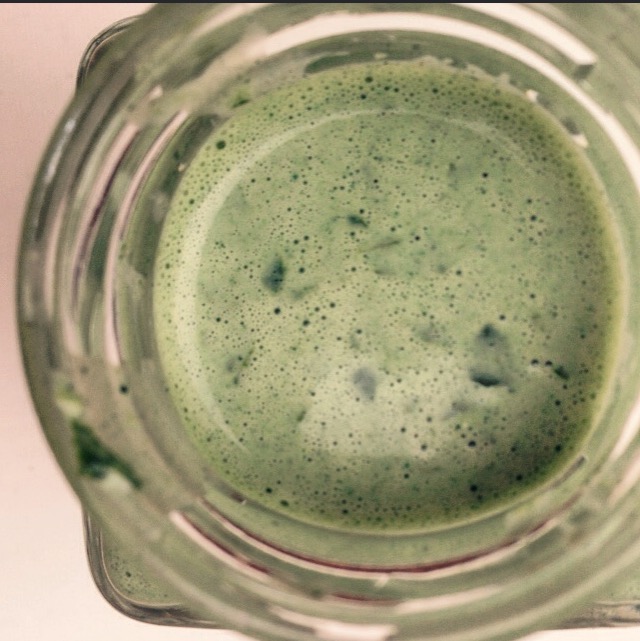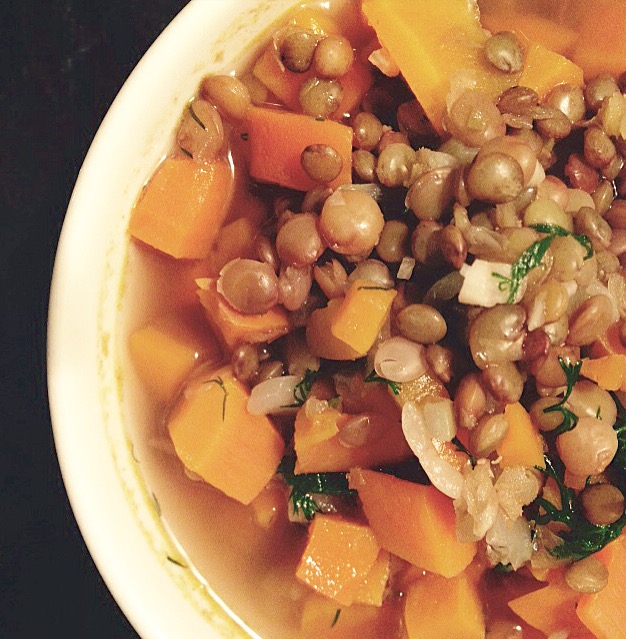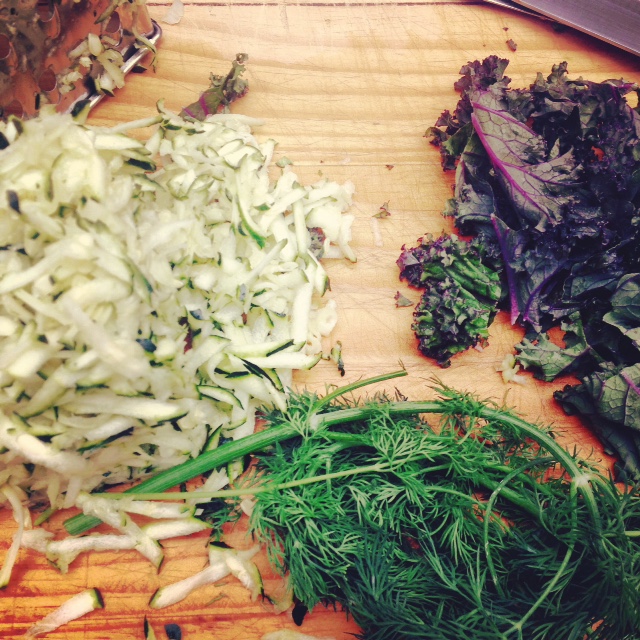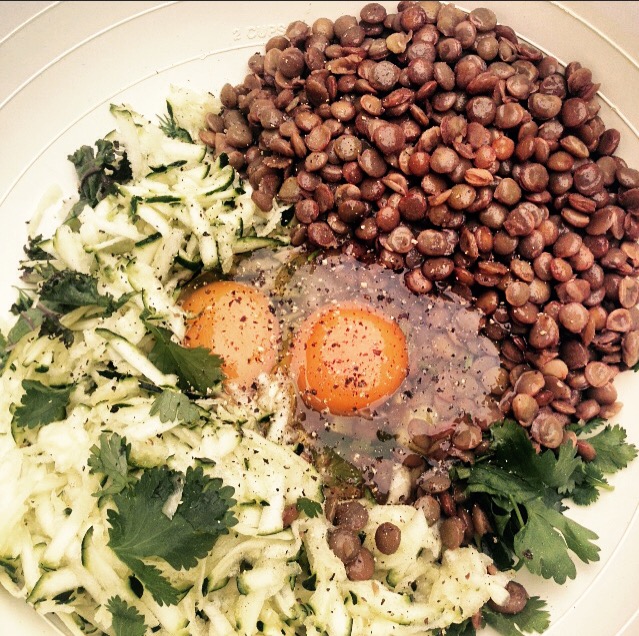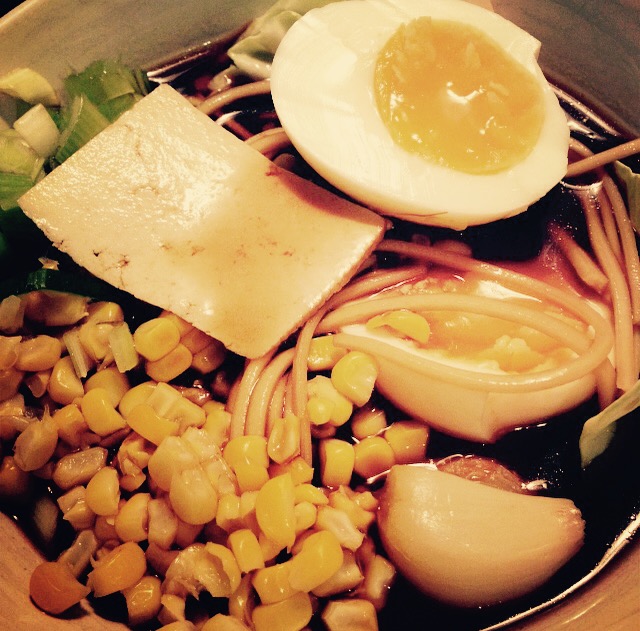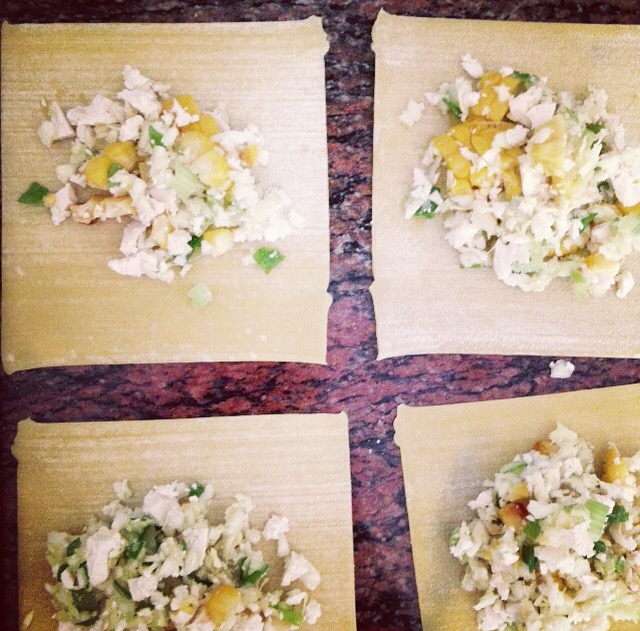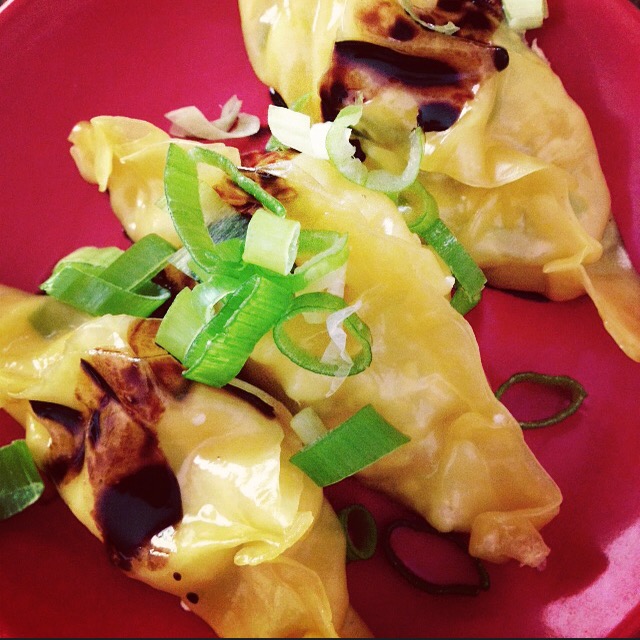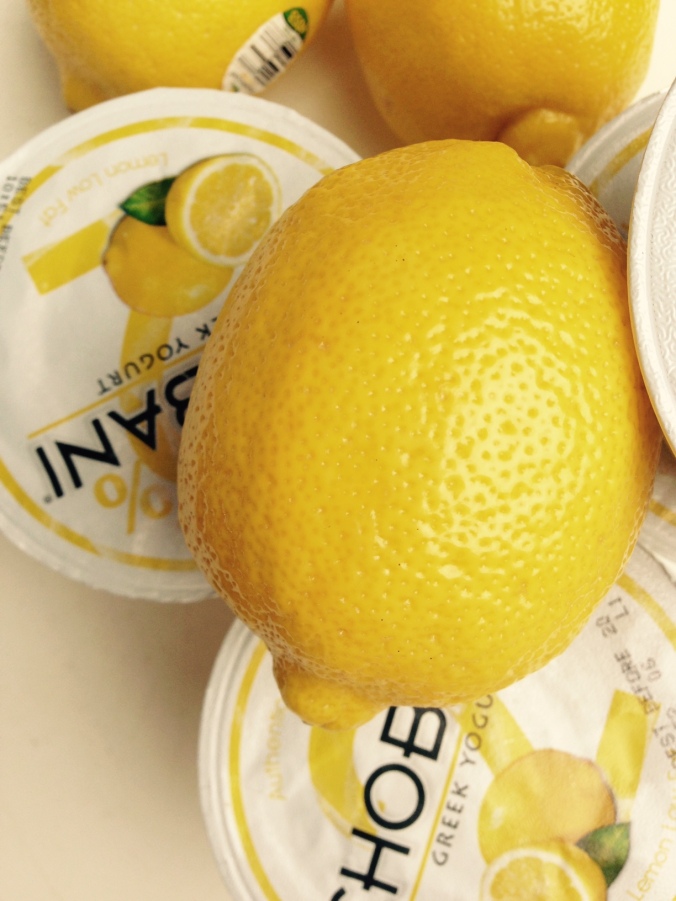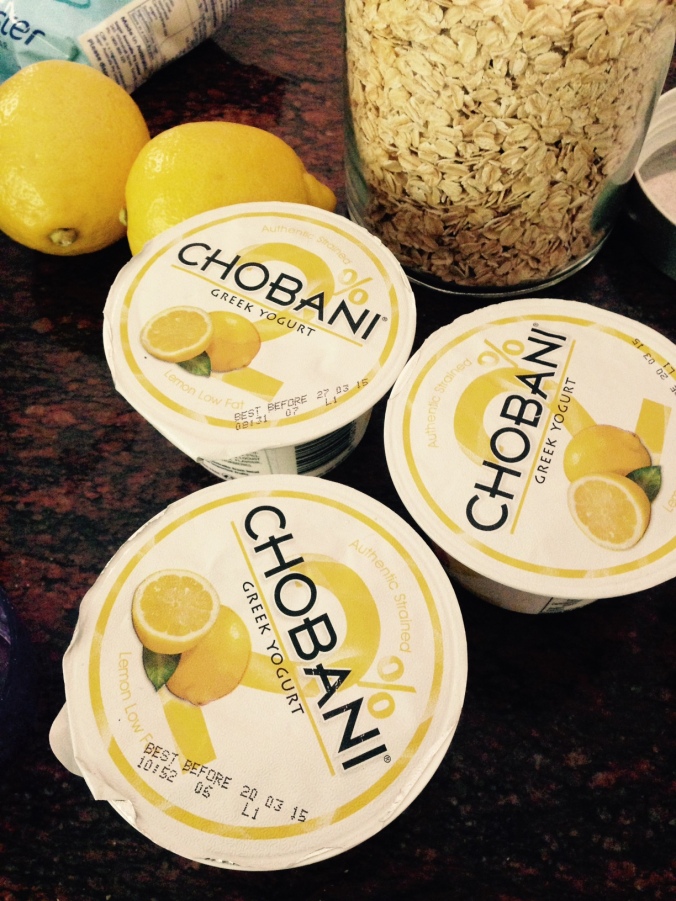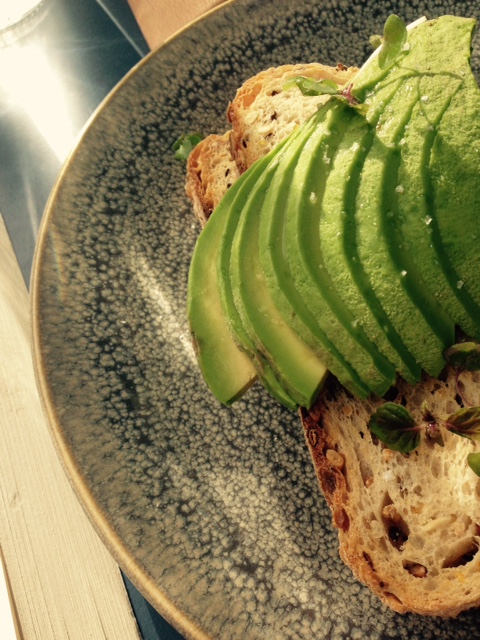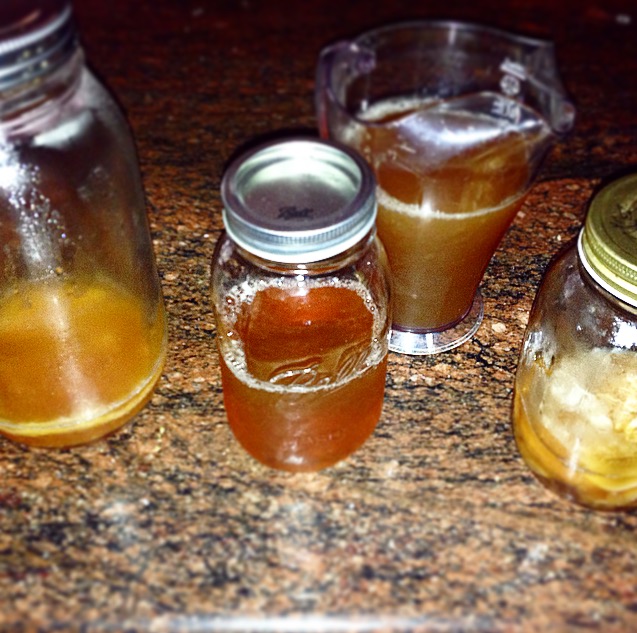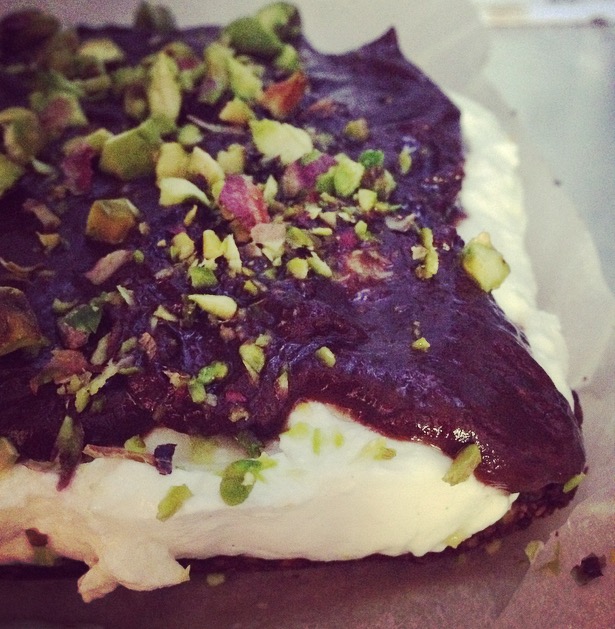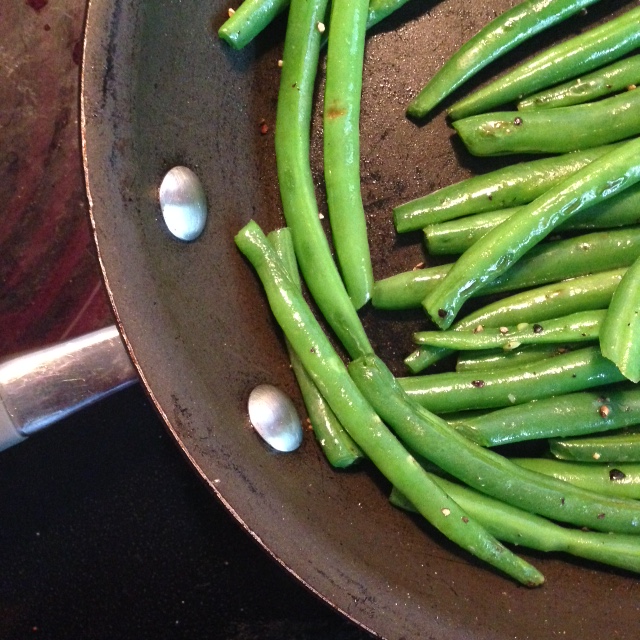The other day I took a lovely shot of my chopping board full of green, leafy goodness. It was literally a picture of health. Green-anything just screams ‘nutritious’, so much so that just by looking at it you feel better. Honest.
So, goes without saying that the greener the better. Well, I’ve discovered the greenest. Welcome to the wonderful world of spirulina. I had never tried spirulina before up until a few weeks ago when I read an article about it’s nutritional benefits by nuts.com.
We all know how much I enjoy my crazy food adventures, so I thought I should make something special.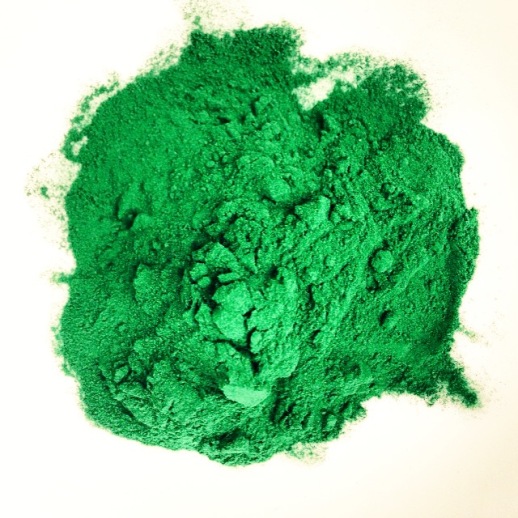 Now, I am always hesitant to use the term ‘superfood’, because I really do think that all plant foods are super in their own individual way, but the nutritional profile of spirulina is particularly impressive. Spirulina is a cyanobacterium, a type of algae sourced from lakes and sea-water, and is made up of around 60% protein. It’s also a source of complete protein, which is quite rare in plant foods. Looking at it’s nutritional profile, spirulina is a good source of Vitamins B1 and B2, as well as iron. Just remember to take the serving size into consideration though, as you only use it in small amounts. A lot of sources claim that spirulina is also a good source of B12, a vitamin particularly important for vegans, however the form of B12 in spirulina is in fact a pseduovitamin – meaning that it looks the same as regular B12, but doesn’t have the same bioactive properties in the body. Those sneaky vitamins.
Now, I am always hesitant to use the term ‘superfood’, because I really do think that all plant foods are super in their own individual way, but the nutritional profile of spirulina is particularly impressive. Spirulina is a cyanobacterium, a type of algae sourced from lakes and sea-water, and is made up of around 60% protein. It’s also a source of complete protein, which is quite rare in plant foods. Looking at it’s nutritional profile, spirulina is a good source of Vitamins B1 and B2, as well as iron. Just remember to take the serving size into consideration though, as you only use it in small amounts. A lot of sources claim that spirulina is also a good source of B12, a vitamin particularly important for vegans, however the form of B12 in spirulina is in fact a pseduovitamin – meaning that it looks the same as regular B12, but doesn’t have the same bioactive properties in the body. Those sneaky vitamins.
In terms of health benefits, the research at present has been minor, although a number of studies have shown positive effects on hyperlipidaemia (high cholesterol). One Japanese study based on an animal model with induced atherosclerosis showed significant improvements in both HDL and LDL cholesterol levels after being fed a diet supplemented with spirulina. Human studies have also found significant effects on lowered LDL cholesterol levels, however further research is needed to determine conclusive results due to small sample sizes.
Originally I had planned on using my spirulina in a peanut satay sauce like in the Malaysian dish Gado Gado, but then I had a change of heart as I reminisced about a salad dressing that I remember Jamie Oliver making a while ago called Green Goddess. How appropriate! Apparently the Green Goddess dressing is from a while back, I had never heard of it before, but it’s pretty tasty! The original dressing uses anchovies, so I thought that the spirulina would make a good substitute for that ‘ocean-y’ flavour. It’s a word, yes. And it did.
Very Green Goddess Dressing
1/2 x bunch basil
4 x stalks spring onion, green part only
1/2 x cup greek yoghurt
1 x TBS mayonnaise
2 x tsp lemon juice
1/4 x tsp salt
1-2 x tsp spirulina
Place all ingredients in a food processor and blend until smooth.
Can be stored in the fridge for up to a week.
Use as a salad dressing, pour over steamed vegetables, or as a dip for crackers and veggie sticks.
Head on over to nuts.com for even more spirulina recipe ideas, including a delicious looking ice cream that I am very keen to try. You can also add a few teaspoons to your smoothies in the morning for an extra vitamin boost. Don’t be scared off by the colour, it may look a little intimidating but mix it in to your smoothies or dips for a healthy dose of green goodness!
